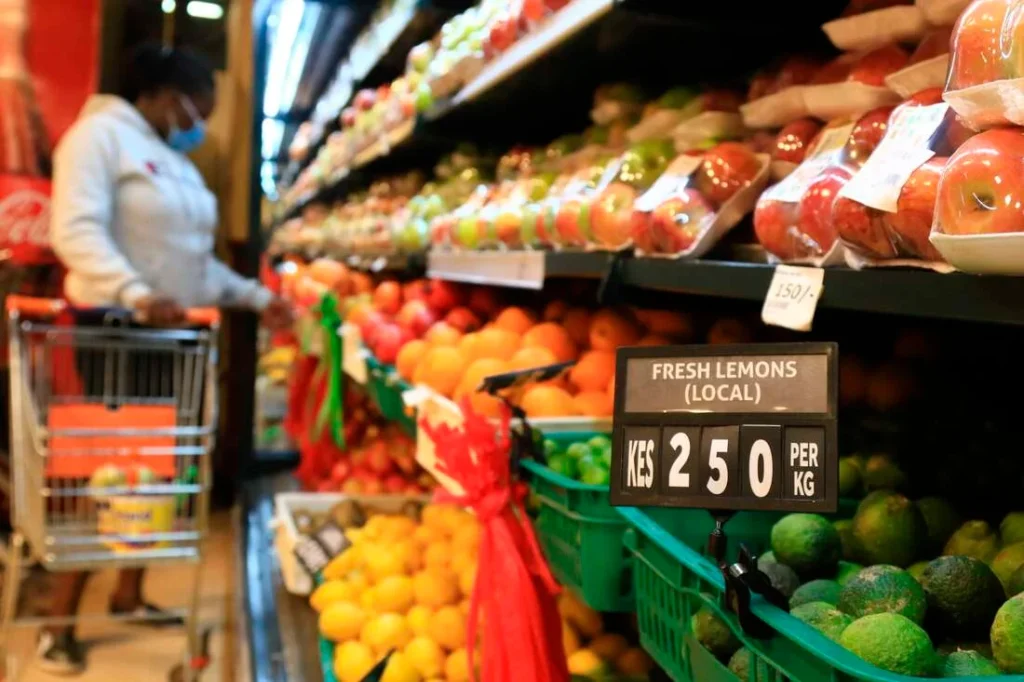Kenya’s inflation edged up slightly to 4.6 percent in September 2025, compared to 4.5 percent in August, according to the latest data from the Kenya National Bureau of Statistics (KNBS).
The bureau’s report shows that the month-on-month inflation rate stood at 0.2 percent in September, with the Consumer Price Index (CPI) rising to 146.56 from 146.21 in August.
KNBS noted that the increase was mainly driven by higher prices in three key categories:
- Food and non-alcoholic drinks (8.4%)
- Transport (4.0%)
- Housing, water, electricity, gas and other fuels (1.4%)
These three divisions account for more than half of household expenditure.
Despite the uptick, inflation remains within the Central Bank of Kenya’s (CBK) target range of 2.5 to 7.5 percent, which guides monetary policy decisions and cushions the economy against external shocks such as oil price fluctuations and adverse weather.
Economy Records 5% Growth in Q2
At the same time, Kenya’s economy expanded by 5.0 percent year-on-year in the second quarter of 2025, up from 4.6 percent in the same quarter of 2024.
KNBS attributed the growth to strong performances in:
- Agriculture, forestry and fishing (4.4%)
- Transportation and storage (5.4%)
- Finance and insurance (6.6%)
The rebound was further supported by construction (5.7%) and mining (15.3%), both of which had contracted in Q2 2024. Utilities also improved, with electricity and water supply growing by 5.7 percent compared to just 1.2 percent last year.
Shilling Performance
During the quarter, the Kenyan Shilling strengthened against the US Dollar by 1.2 percent but weakened against the Japanese Yen (6.5%), Pound Sterling (4.5%), and Euro (4.0%). Regionally, it lost ground to the Ugandan Shilling but gained against the Tanzanian Shilling.
President William Ruto recently projected that Kenya’s economy will grow 5.6 percent in 2025, an improvement from 4.7 percent in 2024.

